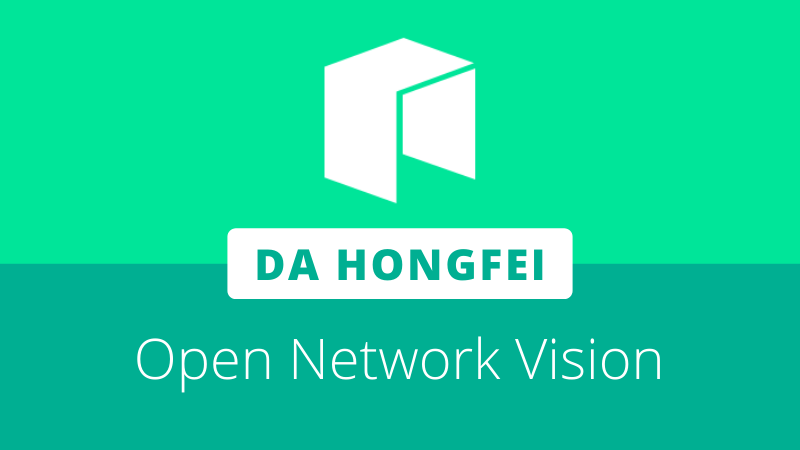
Da Hongfei notes the importance of being able to operate within different regulatory jurisdictions as part of Neo’s open network vision. In an interview with Data Dash’s Nicholas Merten, the Neo co-founder referenced a future where independent versions of blockchains might operate as part of a broader Neo ecosystem. He said:
Some future thoughts about Neo… From the very beginning, we used the word ‘open network.’ We didn’t say Neo is a blockchain or Neo is a protocol. It’s an open network. What does that mean? It means there will be different instances of Neo.
Da formulated this philosophy while planning the rollout of Neo N3. After N3 MainNet launches, Neo Legacy and N3 will run concurrently for a certain amount of time. This dual blockchain model led Da to consider having versions of Neo that cater to different applications.
Regulations vary from country to country, which could impact how users and operators interact with blockchain networks. Da has recognized the need for flexible solutions that acknowledge such nuances in his philosophy of elastic manageability. Elastic manageability incorporates multiple governing parties while maintaining a balance between decentralization and centralization.
In the recent interview, Da used China as an example. There are strict regulations for content on the internet in mainland China, which also applies to blockchain. He pondered, “So, why don’t we have a different version of Neo specifically designed for the regulatory environment in China?”
Through this thought experiment, Da envisions a future where Neo may not be limited to one blockchain, but many interconnected Neo-based blockchains, each with different governance and economic models. Examples could include a mainland China-focused Neo, a Western enterprise-focused Neo, and a community-focused Neo.
Per Da’s vision, this potential “parent” and “child” multi-chain ecosystem wouldn’t depend on a primary blockchain, as is the case with Polkadot. Polkadot facilitates an internet where independent blockchains can exchange information and transactions trustlessly via a main relay chain. Instead, each Neo-based blockchain would operate independently of the state of other chains. Da noted the differences:
Our philosophy will be different. We don’t want to build a hub to host all the child blockchains. We’d rather join an interoperable protocol. So, every blockchain is equal, and they don’t rely on the security provided by the parent blockchain. Fundamentally, the security, the governance model at the core of the hub will influence all the child blockchains. That’s not what we’re looking for.
We’d rather different blockchains to be more independent, but they can talk to each other, be connected to each other like the internet did.
In this vision of the Neo open network, multiple iterations of Neo will connect and communicate with one another via an interoperability protocol, such as the Poly Network.
Ultimately, these ideas may hint at the next direction for Neo after the N3 MainNet roll out. In the meantime, the Neo Frontier Launchpad event is currently ongoing, while the Neo Foundation recently announced its US $10 million Early Adoption Program incentivizing projects to migrate to N3.
The full interview can be found at the link below:







About The Author: Dylan Grabowski
Dylan is a reformed urban planner with a passion for covering the Neo ecosystem. His objective as a writer for Neo News Today is to report news in an objective, fact-based, non-sensational manner. When not behind a computer screen, he can be found in the mountains rock climbing. Find Dylan on Twitter (@GrabowskiDylan).
More posts by Dylan Grabowski